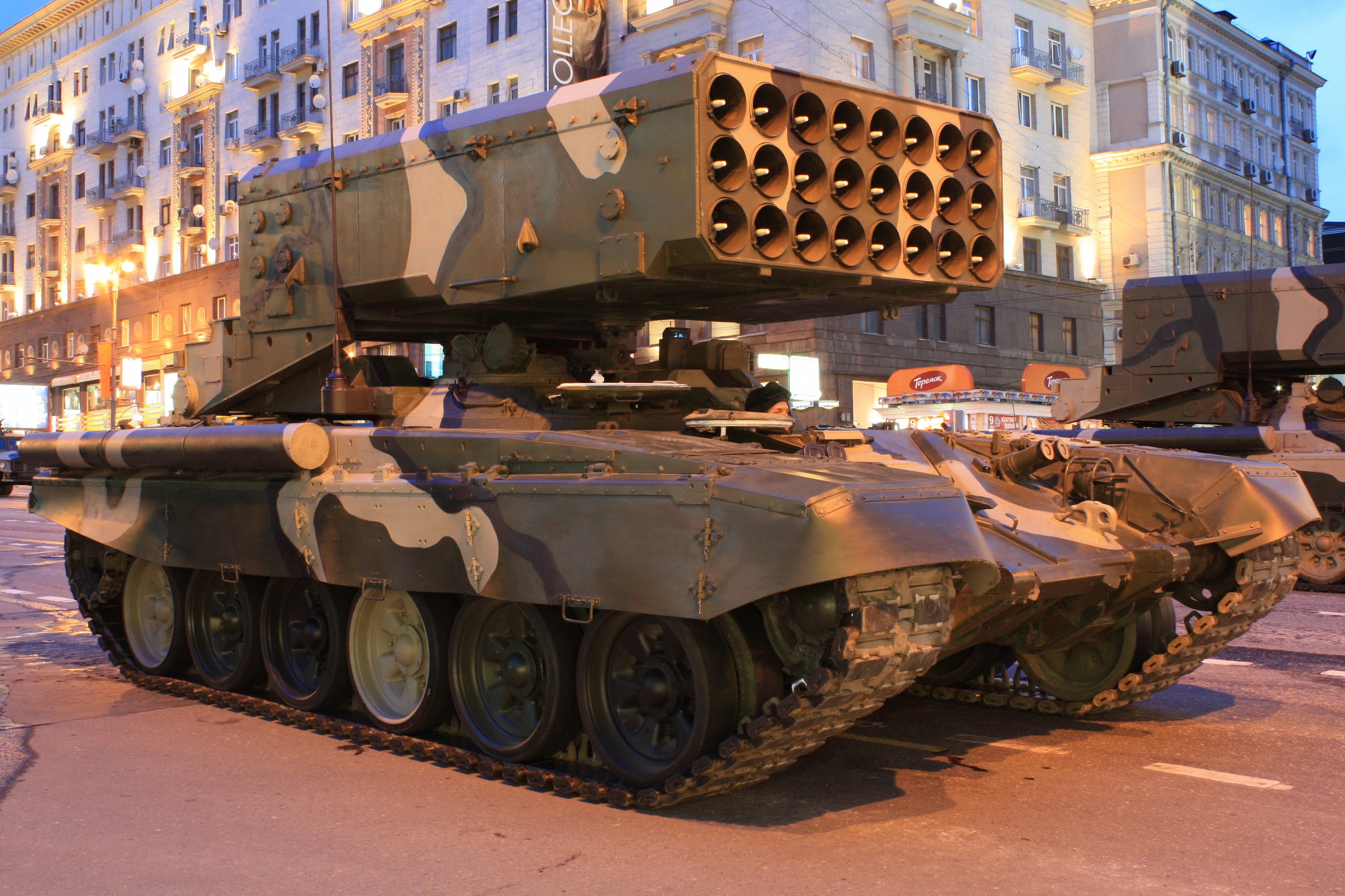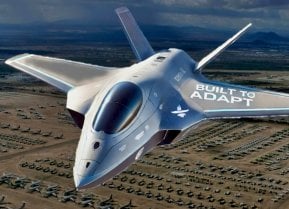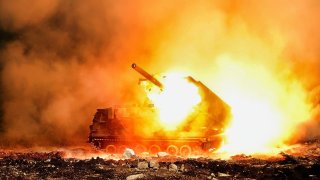Russia's New Soldiers Headed to Kursk Don't Have Artillery Support
What You Need to Know: Russia's military has initiated new BARS volunteer units to counter Ukraine's incursion into the Kursk Oblast, but these efforts are unlikely to make a significant impact.
-BARS units, part of a program started in 2021, are primarily light infantry without integrated artillery or armored support, making them vulnerable and less effective in conventional warfare.
-While the Kremlin focuses on reinforcing positions in Ukraine, particularly around Pokrovsk, the hastily formed BARS-Kursk unit is expected to have minimal effect in the short term.
-Ukraine's continued advances into Russian territory risk destabilizing the broader conflict.
Russia's New BARS Units: Too Little, Too Late Against Ukraine’s Advance?
The Russian military is launching more volunteer units in an attempt to slow down the progress of invading Ukrainian forces.
It is unlikely that this move will make a significant difference.
BARS Volunteer Units
“On 24 August 2024, the Russian Kursk Oblast Administration announced the creation of the BARS-Kursk volunteer unit. Prospective recruits are promised that they will serve only within the Kursk Oblast in Russia on a six-month contract,” British Military Intelligence assessed in its latest estimate on the war.
The Kremlin launched the Combat Army Reserve of the Country (BARS) in 2021, before the large-scale invasion of Ukraine. The initial intent was to provide the Russian military with a ready cadre of active reservists who would have high readiness and training. If a need arose, BARS volunteers would be siphoned individually or in groups to operational units.
“Since March 22 [when the large-scale invasion took place), volunteers have been able to join BARS units for short-term service. BARS units are predominately light infantry formations which lack integrated artillery or armored vehicles,” British Military Intelligence added.

Without organic artillery and mechanized assets, these BARS units are essentially light infantry. Thus far in the conflict, Russian military leadership has used such light infantry formations as cannon fodder to attrite Ukrainian resources, with little regard for the survival of its own troops. Today, there are over 30 BARS units spread across Russia, with a good chunk of them in the western part of the country.
“The creation of the BARS-Kursk volunteer unit is almost certainly a Russian response to the Ukrainian incursion into the Russian Kursk Oblast, which began on 6 August 2024,” British Military Intelligence stated. “It is unlikely that the volunteer unit will be set up and able to support any Russian military activity in Kursk over the next month.”
A unit created after an emergency isn’t going to be of much use. There is a saying in the U.S. special operations community that states, “competent special operations forces cannot be created after emergencies occur.” This proverb largely applies to conventional units as well. It is one thing to create an ad hoc unit from experienced formations, like the Germans did with the Kampfgruppe, or fighting group, concept in World War Two. It is another thing to create new units and throw them into the fire.
“Although it is likely attempting to build its forces in Kursk, Russia is currently prioritizing the Pokrovsk axis in eastern Ukraine,” British Military Intelligence concluded.
By the way the Russian military has been responding to the Ukrainian foray into Russia, it is clear the Kremlin is still prioritizing progress inside Ukraine. Although that is a reasonable approach to the situation, Moscow risks allowing the Ukrainian military to make additional progress in Russia. Ukraine could destabilize the entire contact line with an operational breakthrough in Kursk.
About the Author:
Stavros Atlamazoglou is a seasoned defense journalist specializing in special operations and a Hellenic Army veteran (national service with the 575th Marine Battalion and Army HQ). He holds a BA from the Johns Hopkins University and an MA from the Johns Hopkins’ School of Advanced International Studies (SAIS). His work has been featured in Business Insider, Sandboxx, and SOFREP.
Image Credit: Shutterstock.


